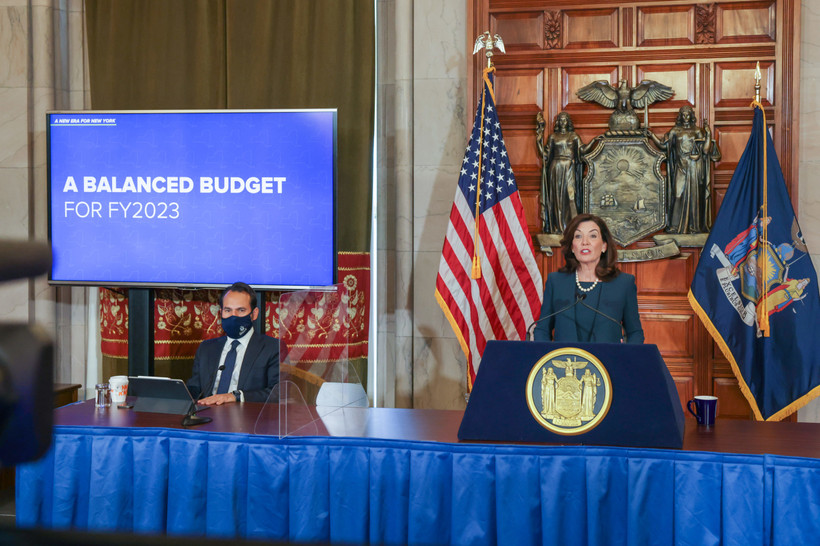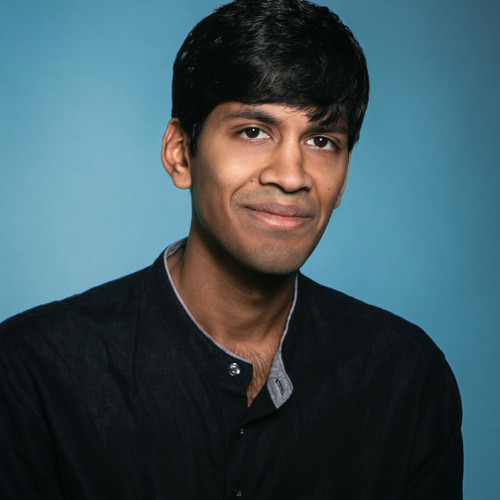Hochul Stores Billions in Slush Funds, Continuing Cuomo-Era Budgeting Practices
The comptroller sounded the alarm that the budget includes $18 billion in “unnecessarily opaque” spending, most of it under Hochul’s control.

The comptroller sounded the alarm that the budget includes $18 billion in “unnecessarily opaque” spending, most of it under Hochul’s control.

At New York Focus, our central mission is to help readers better understand how New York really works. If you think this article succeeded, please consider supporting our mission and making more stories like this one possible.
New York is an incongruous state. We’re home to fabulous wealth — if the state were a country, it would have the tenth largest economy in the world — but also the highest rate of wealth inequality. We’re among the most diverse – but also the most segregated. We passed the nation’s most ambitious climate law — but haven’t been meeting its deadlines and continue to subsidize industries hastening the climate crisis.
As New York’s only statewide nonprofit news publication, our journalism exists to help you make sense of these contradictions. Our work scrutinizes how power works in the state, unpacks who’s really calling the shots, and reveals how obscure decisions shape ordinary New Yorkers’ lives.
In the last two decades, the number of local news outlets in New York have been nearly slashed in half, allowing elected officials and powerful individuals to increasingly operate in the dark — with the average New Yorker none the wiser.
We’re on a mission to change that. Our work has already shown what can happen when those with power know that someone is watching, with stories that have prompted policy changes and spurred legislation. We have ambitious plans for the rest of the year and beyond, including tackling new beats and more hard-hitting stories — but we need your help to make them a reality.
If you’re able, please consider supporting our journalism with a one-time gift or a monthly gift. We can't do this work without you.
Thank you,


The secretive units have fallen short on their promise to help wrongfully convicted New Yorkers.
Former prison agency staff and newly released documents describe a patronage network centered on Commissioner Daniel Martuscello III’s family.
This isn’t Daniel Martuscello’s first crisis. An investigation reveals how his family weathered one scandal after another on their road to dominating New York’s prison system.
Absent more money from the state, city officials warn that they will hit a funding cliff as early as April.
The social services commissioner says New York wants to join other states adopting more secure cards, but lacks funds for the upgrade.
Chip technology has been standard in credit and debit cards for a decade. It could stop New York’s surging rate of stolen benefits.